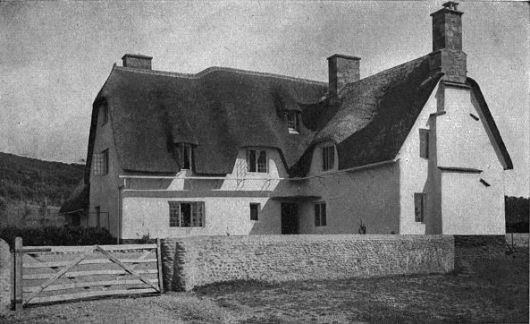6 Reasons Cob Houses Could Shelter the Poor

6 Reasons Cob Houses Could Shelter the Poor
1. Cob is one of the world’s most common building materials. It is similar to clay, but is a mixture of lumps of earth, sand, and straw. These materials are not difficult to obtain and are often incredibly cheap.
2. Because it does not use bricks, wooden structures, or particular forms, it is easy to shape. Historically, cob houses were shaped and mixed by people through shoveling and stomping, or by large animals, such as horses and oxen. There are many natural builders who consult and help train people to build with cob.
3. Cob houses are perfect for extreme conditions; they are cool in the summer and warm in the winter. They are ideal for places of either cold climates or desert conditions. They can absorb substantial amounts of rain without softening. Only when it is completely submerged with water will it become more likely that the home with erode with time. However, with a sturdy roof and thick walls, it will be nearly impossible to drench and destroy the house.
4. Using cob as a building material does not contribute to deforestation and pollution. By building homes out of cob, builders conserve and protect the environment.
5. Everyone appreciates the opportunity to add personal touches to their home. Cob houses can be easily and quickly painted with clays and natural dyes.
6. Cob houses stand the test of time. Some of the oldest enduring cob homes are in Devon, England and New Zealand. However, Africa, India, and the Middle East also have a long history of cob construction. One of the most notable is the Emara Palace in Najran, Saudi Arabia. In south Yemen, there is a cob city called Shibam. Near the border of Ghana, Africa, there are many towns filled with cob homes. If these buildings have lasted 100 plus years, cob houses are proof that we can shelter the poor in sturdy, protective, and lasting homes.
– Kelsey Parrotte
Sources: Barefoot Builder, Cob Cottage Company, Devon Earth Buildings, Inspiration Green, Network Earth
Photo: Inspiration Green
